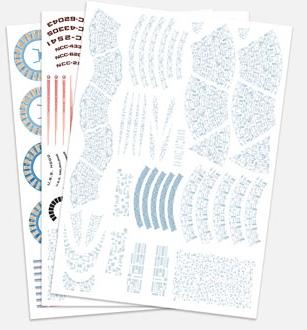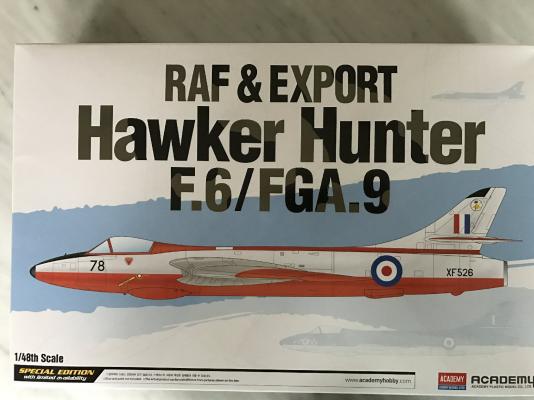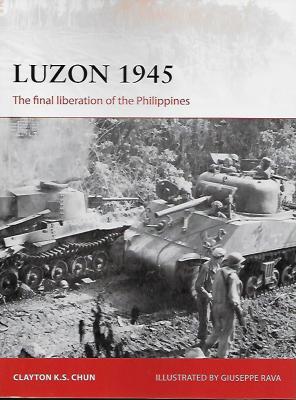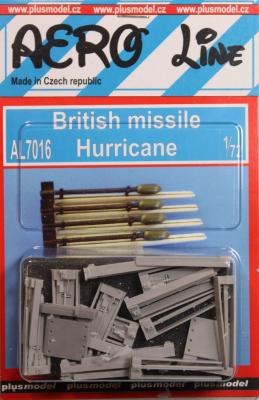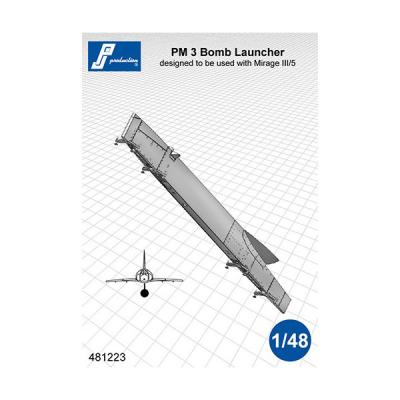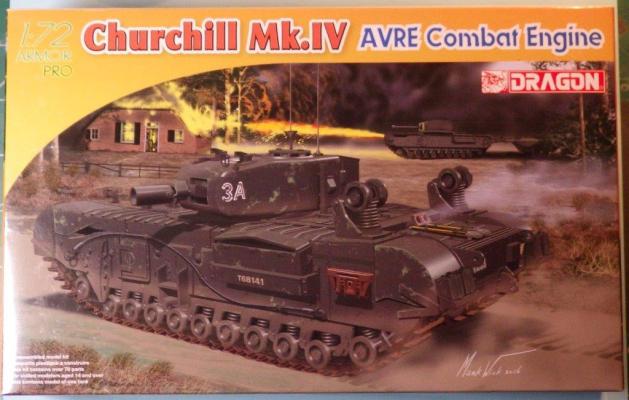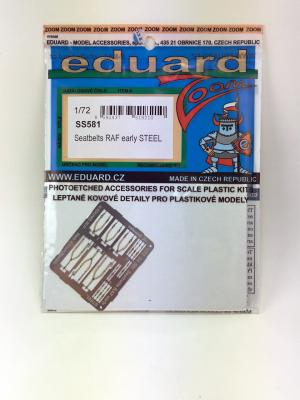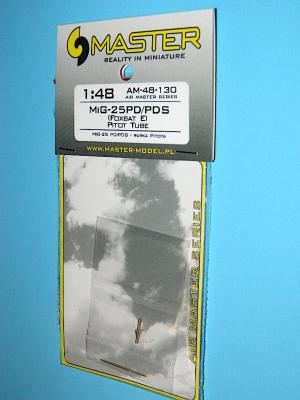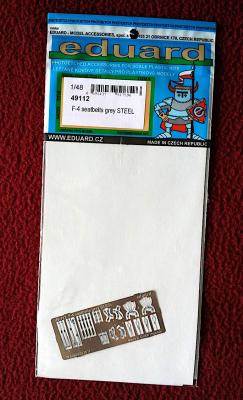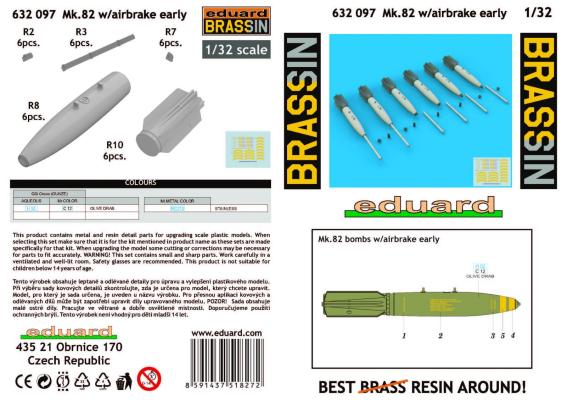Round 2 Models has released a large 3-sheet decal set to accompany their newly revised and released U.S.S. Excelsior kit from the Star Trek series. Printed by Cartograf, these decals are commendably thin and for the most part, feature little to no carrier film to deal with. They respond quite well to MicroSol, which I used to help them conform to some of the compound curves found on the model.
These sheets actually perform two functions rather than one; first, they provide decals for virtually all of the elaborate paint scheme for this model, eliminating an incredible amount of extremely tedious masking and painting. Second, they provide surface texture in the form of tiny panels. Let me deal with these two aspects separately.

